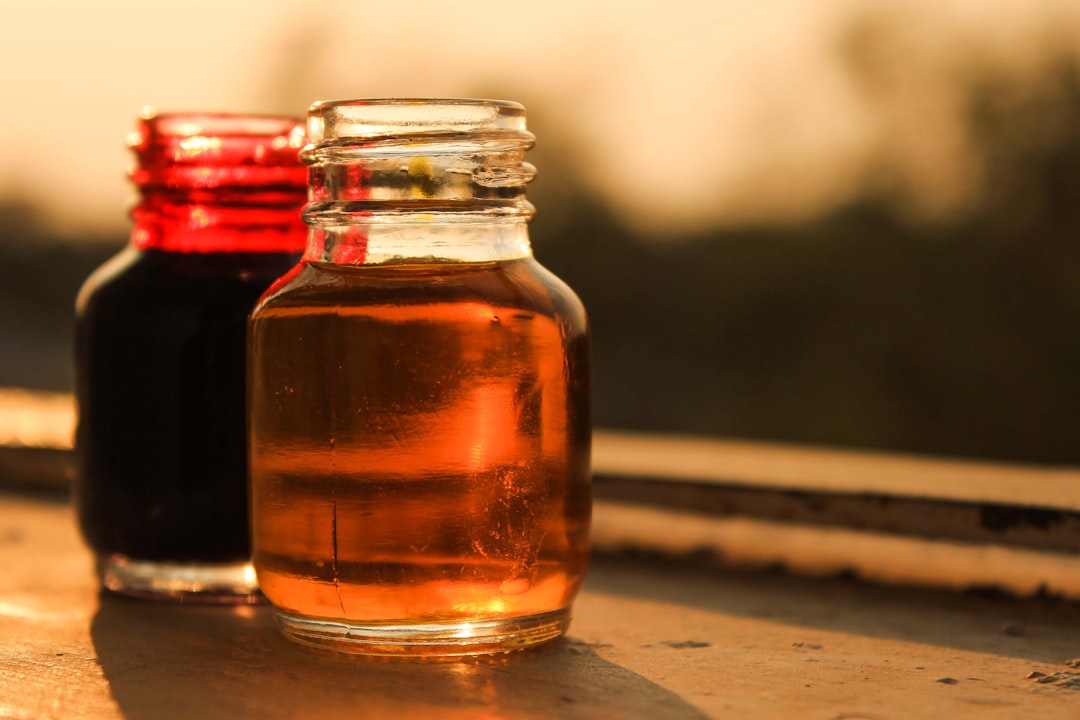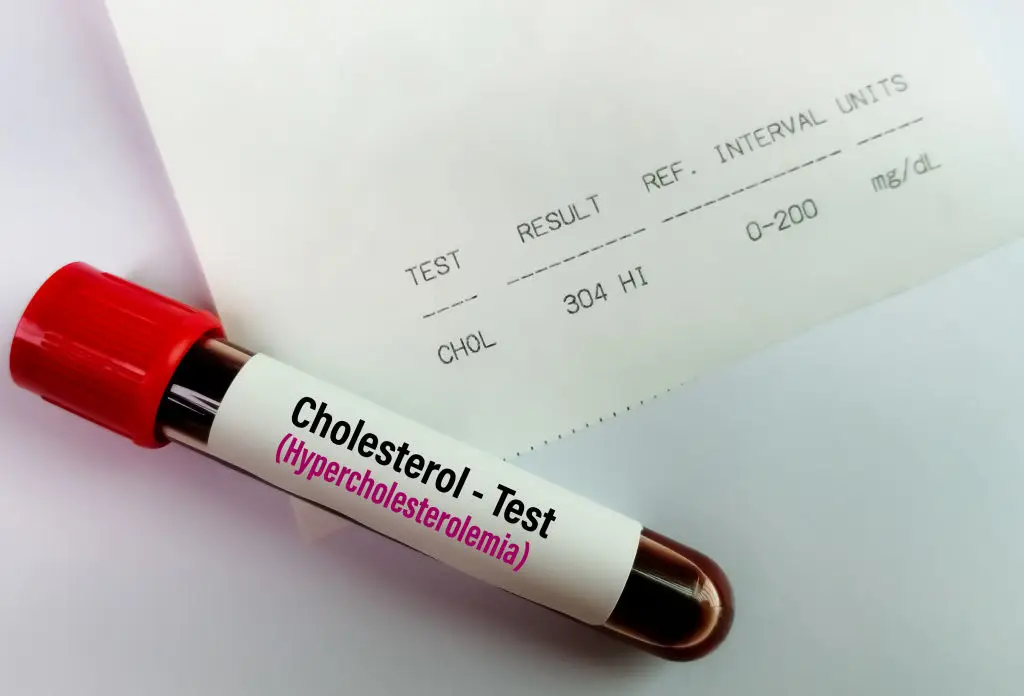11 Essential Heart Truths: Ghee vs. Olive Oil—Which Cooking Fat Is Right for You?
3. Nutritional Profiles at a Glance

When it comes to calories and fat, both ghee and olive oil are dense sources—providing about 120 calories and 14 grams of fat per tablespoon. But peeking beneath the surface reveals more: ghee’s fat is mostly saturated (about 9 grams per tablespoon), while olive oil’s is mostly monounsaturated (around 10 grams per tablespoon). Ghee offers fat-soluble vitamins like A, D, E, and K, and a small amount of butyrate, a compound linked to gut and immune health. Olive oil shines with vitamin E and powerful antioxidants called polyphenols, especially present in extra-virgin varieties. These nutritional details play a big role in how each oil impacts your cholesterol and inflammation levels, so paying attention to more than just calorie counts is a smart move for heart-conscious cooks.
4. Impact on Cholesterol and Heart Disease Risk

Recent research offers valuable insight for anyone weighing heart risks. According to a 2021 Cambridge randomized trial, diets rich in ghee raised plasma apo B and non-HDL-cholesterol compared with olive oil—both associated with a higher risk for cardiovascular disease. Olive oil’s heart-health reputation isn’t just folklore; multiple studies including Medical News Today’s reporting on recent JAMA data, point to a 17% reduction in overall mortality when plant-based oils like olive oil replace butter or saturated fats. Cardiologists emphasize that olive oil’s impact on cholesterol is favorable, helping reduce “bad” LDL while supporting “good” HDL. That doesn’t mean ghee is instantly off-limits—it means mindful swaps can help tip the balance toward healthier arteries, especially for those with a family history or existing cardiac risks.
